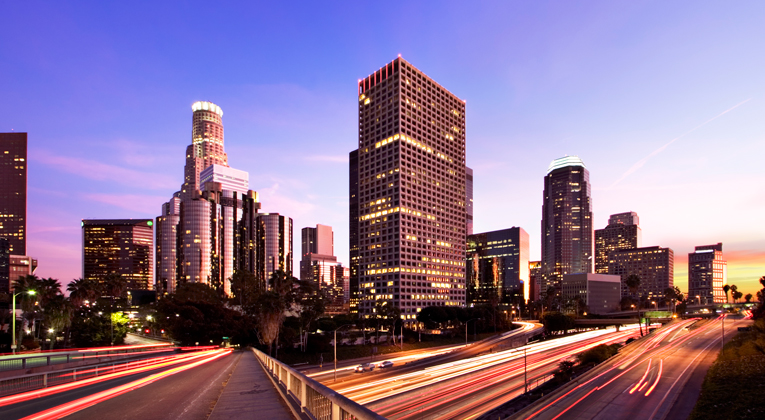By Sean Spear
Residents of Los Angeles showed their frustration with gridlock and bottlenecks in the Nov. 9 general election by overwhelmingly voting to pass Measure M. Dubbed the Los Angeles County Traffic Improvement Plan, it assesses a local half-cent sales tax to fund tens of billions of dollars of public transportation projects over the next 40 years.
There are certainly skeptics of the new tax, but it passed on the ballot with nearly 70 percent of voters saying yes. Among 18-29-year-olds – who would be highly likely to commute to work on buses or Metro Rail lines – support for Measure M was measured at 85 percent by the Yes on M campaign.
That’s good news for companies looking to bolster their businesses over coming decades. And it’s likely to affect the siting and cost of commercial real estate. How? Expect more companies to consider building, expanding or repositioning along new lines of public transportation. If office buildings are more accessible and take less driving time for employees to reach, those companies will become more desirable to potential employees – especially those millennials.
Fewer people driving their cars to work can mean saving for companies in the form of parking fees—both for creating fewer spaces at new locations and also paying for employee parking on public lots (which can cost upward of $200 a month per person). At the same time, though, companies can also expect prime locations along newly accessible transportation lines to see a bump in acquisition price and rents.
A prime example of a company taking advantage of transportation solutions is Lincoln Property Group’s Pen Factory. It’s scheduled to open in the first quarter of 2017, with 222,000 square feet of office space consisting of two buildings, a campus with exterior patios and expansive open areas. The Pen Factory is at the Bergamot Metro stop on the new Expo Line, which now extends from downtown to Santa Monica and Silicon Beach, along the edge of the city’s west side. Pen Factory employees can look forward to stops at their workplace every 12 minutes, and a one-way trip is $1.75.
Is better accessibility by car, bus and subway really that important in Los Angeles? Oh, yes. Commuters in L.A. spend an extra 43 minutes per day and an extra 164 hours per year in gridlock – worst in the country – according to TomTom, the Dutch company that produces traffic, navigation and mapping products. One financial supporter of the nonprofit group Angelenos Against Gridlock is entrepreneur Elon Musk (Tesla, SpaceX), who says, “gridlock is a soul-destroying thing.”
L.A.’s business community hopes the passage of Measure M will:
- Ease congestion and improve traffic flow.
- Improve connectivity by expanding the rail and rapid transit system.
- Enhance bicycle and pedestrian connections.
- Embrace technology, such as WiFi on public transportation – so commuters can opt to spend travel time working on laptops.
- Add jobs: Recent forecasts have predicted up to 465,000 new jobs will be created across the new transit system.
Not all aspects of the benefits of the passage of Measure M are clear at present, and many related projects aren’t slated to begin for years. But smart companies will keep an eye open to the benefits of relocating or expanding in areas that could become best served by enhanced means of transportation.
Sean Spear is a senior vice president with Hughes Marino, a global corporate real estate advisory firm that exclusively represents tenants and buyers. Contact Sean at 1-844-662-6635 or sean@hughesmarino.com to learn more.










